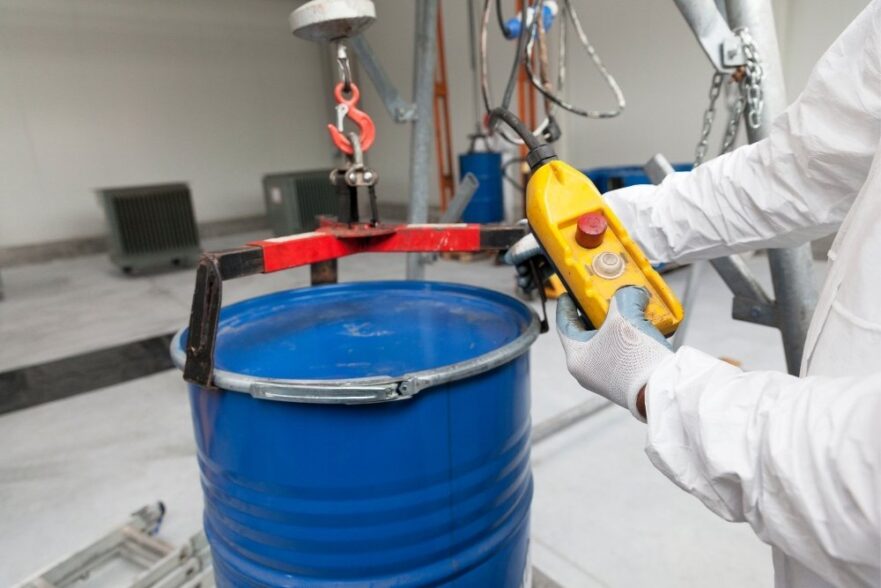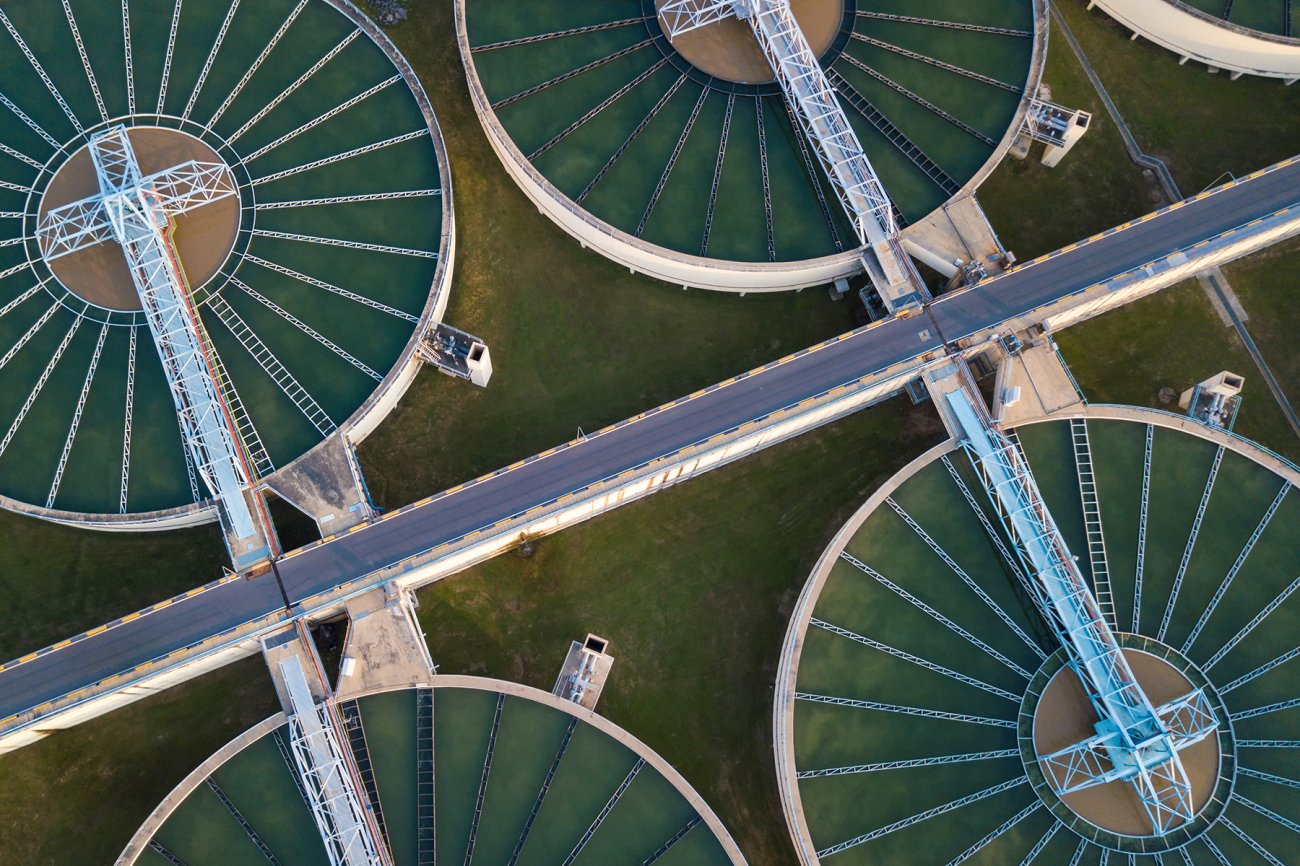The Best Guide To Reclaim Waste
The Best Guide To Reclaim Waste
Blog Article
The 6-Second Trick For Reclaim Waste
Table of ContentsOur Reclaim Waste PDFsReclaim Waste for Dummies7 Easy Facts About Reclaim Waste DescribedUnknown Facts About Reclaim WasteThe Main Principles Of Reclaim Waste
Domestic sewage waste refers to the waste and items from a residential septic tank. The appropriate management and disposal of domestic sewer waste require liquid waste to be moved to a sewage therapy plant where the correct techniques and equipment are applied to purify and dispose of waste.
Business waste frequently consists of possible dangers, such as flammable materials or a mixture of fluid and strong waste items, and requires a much more advanced and detailed disposal process. The disposal of commercial waste usually entails the purification of waste before transportation to guarantee risk-free and correct disposal. Industrial waste is developed from by-products and drainage of commercial processes and production.
This kind of waste can not make use of the very same sewage management transportation or processes as septic or commercial liquids. The hazardous waste administration procedure calls for the assessment and testing of liquid waste prior to it undertakes the disposal procedure (liquid waste disposal). Runoff waste is the fluid waste that comes from runoff and excess stormwater in very booming locations or cities
Drainage waste can cause contamination and flooding if not taken care of correctly. Making certain correct waste administration can prevent calamities and lower environmental injury.
9 Simple Techniques For Reclaim Waste
Call PROS Solutions today to learn regarding our waste administration and disposal solutions and the proper ways to care for the fluid waste you generate.
(http://go.bubbl.us/e67627/7593?/Reclaim-Waste)Do you understand what happens to your water when you end, flush the bathroom or drain the washing maker? No? Well, it deserves recognizing. This so-called 'wastewater' is not just an essential resource however, after therapy, will be released to our land, waterways or the sea. Made use of water from bathrooms, showers, bathrooms, kitchen area sinks, laundries and commercial processes is referred to as wastewater.

water used to cool down machinery or clean plant and devices). Stormwater, a form of wastewater, is drainage that streams from agricultural and city areas such as roofings, parks, gardens, roadways, courses and seamless gutters right into stormwater drains, after rain. Stormwater streams without treatment directly to neighborhood creeks or rivers, ultimately reaching the sea.
The Reclaim Waste Ideas
In Queensland, the majority of wastewater is treated at sewage treatment plants. Wastewater is delivered from domestic or industrial sites through a system of sewers and pump terminals, known as sewage reticulation, to a sewage treatment plant. City governments construct, preserve and operate most sewage treatment plants. Operators are accredited under the Environmental Security Act 1994 to release cured wastewater at an acceptable environmental criterion right into rivers.
The Department of Natural Resources encourages regional federal governments regarding handling, operating and maintaining sewerage systems and treatment plants. In unsewered areas, city governments may require householders to mount private or house sewage treatment systems to deal with domestic wastewater from toilets, cooking areas, shower rooms and laundries. The Division of Natural Resources authorizes using house systems when they are proven to be reliable.
The majority of stormwater gets no therapy. In some new subdivisions, therapy of some stormwater to eliminate clutter, sand and gravel has actually started using gross pollutant traps. Wastewater treatment happens in four stages: Removes solid matter. Larger solids, such as plastics and other items incorrectly released to drains, are eliminated when wastewater is gone through displays.
Wastewater after that moves right into large storage tanks where solids resolve and are removed as sludge. Oil and residue are skimmed from the surface. Uses small living organisms called micro-organisms to break down and get rid of continuing to be liquified wastes and fine fragments. Micro-organisms and wastes are integrated in the sludge. Eliminates nitrogen and phosphorus nutrients that could create algal blossoms in our waterways and threaten marine life.
The 10-Minute Rule for Reclaim Waste
Nutrient elimination is not readily available in all sewage treatment plants since it needs costly specialised devices. It is becoming extra typical in Queensland. Clear fluid effluent created after therapy may still include disease-causing micro-organisms. If this effluent is released into waterways such as rivers or the sea, the micro-organisms anonymous will eventually pass away out.

This generally suggests wastewater needs to be dealt with or impurities eliminated before it can be released to waterways. A lot of wastewater flows into the sewerage system. Under the Act, city governments carry out authorizations and permits for ecologically pertinent tasks (Periods) involving wastewater releases that could have a local influence. The department carries out authorizations and permits to Ages including wastewater releases that could have a local or statewide influence.
Reclaim Waste Fundamentals Explained
Monitoring offers accurate info about water quality and can validate that permit conditions are being met. The details acquired through monitoring offers the basis for making water top quality decisions.
Report this page